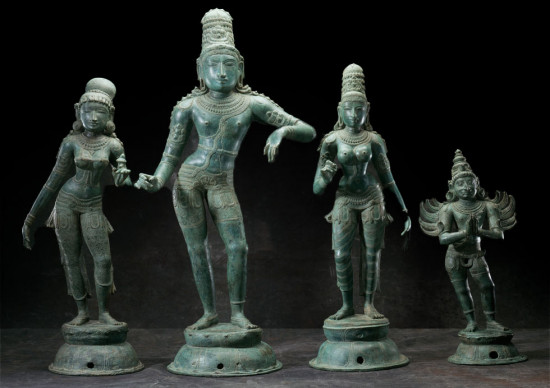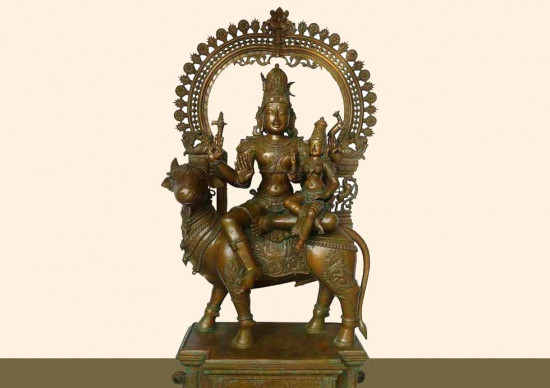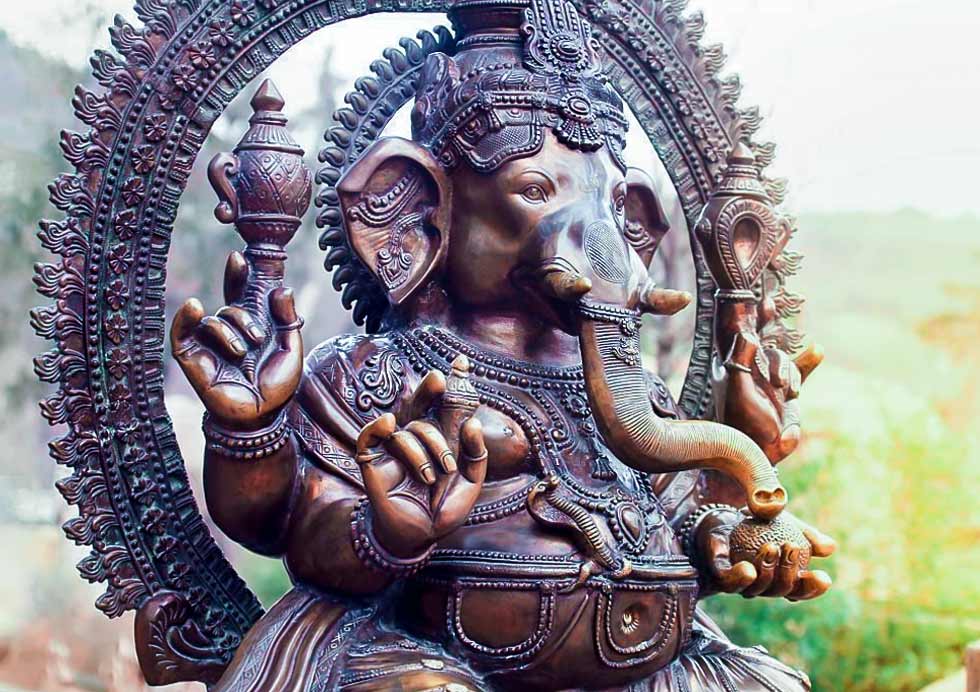
Collecting metal art has been a tradition for centuries, and the popularity of this form of art is not waning. Metal art is timeless, elegant, and intriguing, which makes it a favorite among art lovers. Some people collect metal art for passion, while others see it as an investment. However, the question remains, is collecting metal art an investment or a passion?
This topic delves into the world of collecting metal art, a tradition that has been around for centuries and continues to captivate art enthusiasts worldwide. We explore the history, techniques, and different types of metal art available for collectors, as well as the reasons why people collect metal art.
The question of whether collecting metal art is an investment or a passion is examined, with the conclusion that it depends on the individual collector’s perspective and motivation. By the end of this discussion, readers will have gained a deeper understanding of the world of metal art collecting.
This topic delves into the world of collecting metal art, a tradition that has been around for centuries and continues to captivate art enthusiasts worldwide. We explore the history, techniques, and different types of metal art available for collectors, as well as the reasons why people collect metal art.
The question of whether collecting metal art is an investment or a passion is examined, with the conclusion that it depends on the individual collector’s perspective and motivation. By the end of this discussion, readers will have gained a deeper understanding of the world of metal art collecting.

Metal art in India, a land of cultures, includes a very large and wide range of techniques and styles. These series include techniques like brass casting, silver zardozi work, goldsmith and copper utensils etc. The techniques of these amazing metal arts have been passed down from generation to generation, and many families continue to practice the traditional art form as metal craftsmen. Even today these techniques are alive only because of these traditional artists. Be it the lost-wax technique of Chola bronzes of South India or Thewa art of Rajasthan of North India.
From intricate carvings on temples and traditional ornaments to idols of gods and goddesses, metal art can be seen all around us even today in India. Metal art also plays an important role in modern Indian art and design, with contemporary metal artists blending traditional techniques with modern aesthetics to create unique pieces of art. Metal art forms an integral part of the cultural heritage of India and is celebrated and admired for its beauty, craftsmanship and enduring legacy. In this article we are going to know about the history of metal art in India.
From intricate carvings on temples and traditional ornaments to idols of gods and goddesses, metal art can be seen all around us even today in India. Metal art also plays an important role in modern Indian art and design, with contemporary metal artists blending traditional techniques with modern aesthetics to create unique pieces of art. Metal art forms an integral part of the cultural heritage of India and is celebrated and admired for its beauty, craftsmanship and enduring legacy. In this article we are going to know about the history of metal art in India.
Metal Art As An Investment
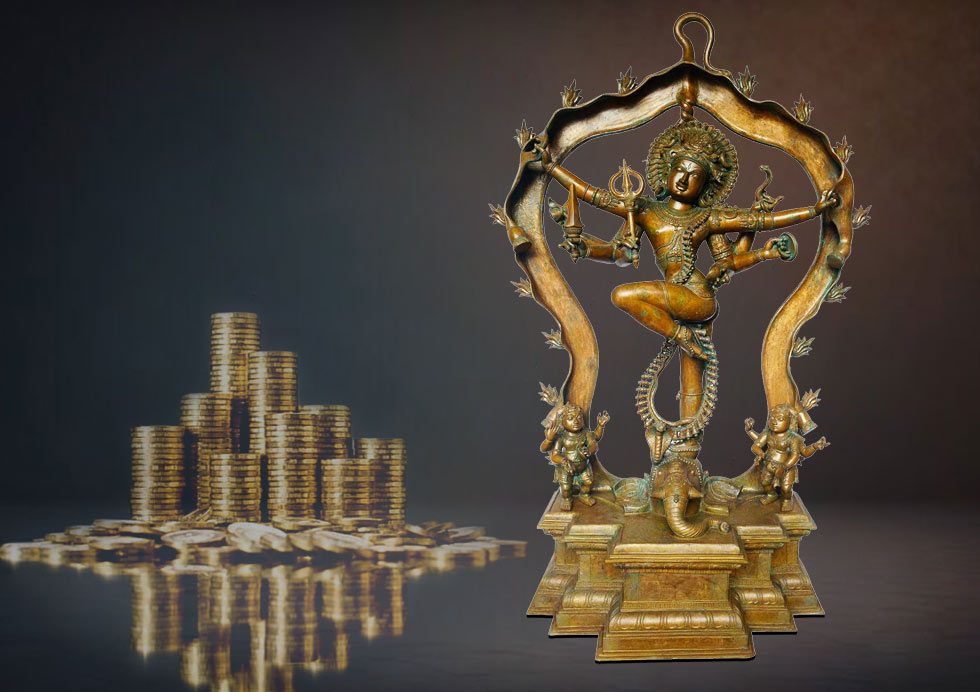
In the past, art collecting was the domain of wealthy people who collected art for their personal pleasure. The value of art was determined by how much the collector was willing to pay for it. Today, however, metal art has become a mainstream art form, and more people are investing in it.
Collecting metal art is an excellent investment if done correctly. The value of metal art appreciates with time, and this makes it an attractive investment option. Metal art is durable, and if well-maintained, it can last for decades. It is also a unique form of art that has a long history, which makes it appealing to collectors. The rarity and uniqueness of metal art can drive its value up, making it a good investment.
However, investing in metal art requires a keen eye for detail, a deep understanding of the market, and an extensive knowledge of the art form. Collectors must be able to distinguish between a good and a mediocre piece of metal art. They should also keep abreast of the latest trends in the market to ensure that they make informed decisions when investing in metal art.
Metal art collecting as an investment can help people earn a lot of money in the long term. Metal art enthusiasts might sell their ancient metal pieces for a nice price in the future. Many people will be interested in purchasing metal art since it grows more valuable as it ages and represents history and culture.
Collecting metal art is an excellent investment if done correctly. The value of metal art appreciates with time, and this makes it an attractive investment option. Metal art is durable, and if well-maintained, it can last for decades. It is also a unique form of art that has a long history, which makes it appealing to collectors. The rarity and uniqueness of metal art can drive its value up, making it a good investment.
However, investing in metal art requires a keen eye for detail, a deep understanding of the market, and an extensive knowledge of the art form. Collectors must be able to distinguish between a good and a mediocre piece of metal art. They should also keep abreast of the latest trends in the market to ensure that they make informed decisions when investing in metal art.
Metal art collecting as an investment can help people earn a lot of money in the long term. Metal art enthusiasts might sell their ancient metal pieces for a nice price in the future. Many people will be interested in purchasing metal art since it grows more valuable as it ages and represents history and culture.
Metal Art Collection As Passion
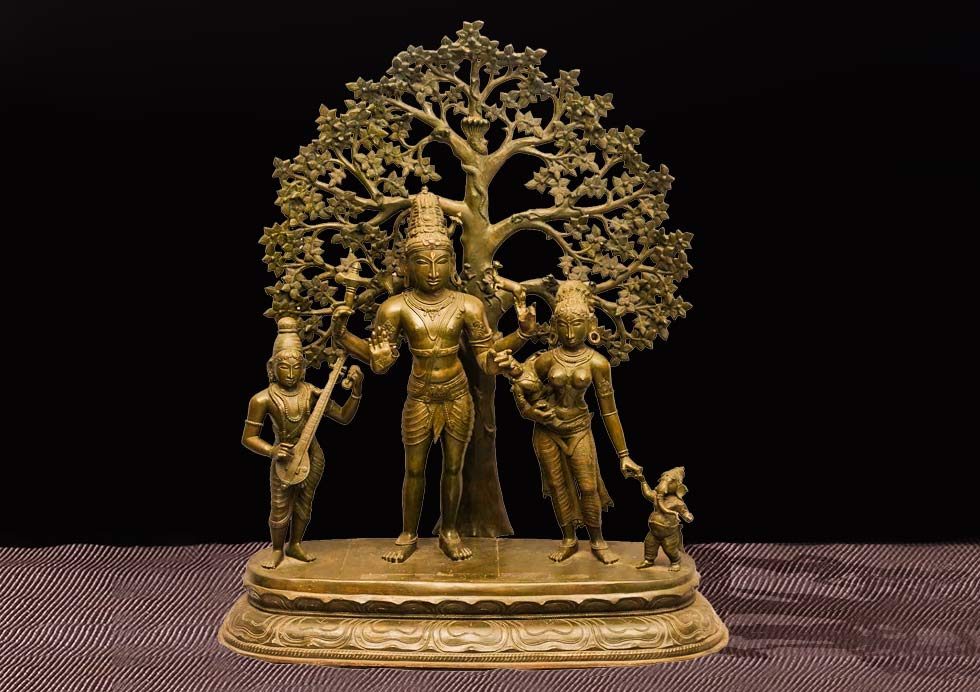
Collecting metal art can also be a passion. Collectors who collect metal art for passion do not necessarily focus on the investment aspect. They derive pleasure from owning beautiful pieces of art that have personal significance to them. Collecting metal art for passion involves acquiring pieces that reflect one’s taste and preferences. It is an opportunity to express one’s individuality and creativity.
Collecting metal art for passion and activity requires a deep appreciation of the art form. It involves exploring the history of metal art, the techniques used to create metal art, and the artists who have made significant contributions to the field.
To collect metal art a collector must have a deep understanding of the history of metal art and how it evolves over time helps the collectors to know more about the art. This knowledge helps them identify and appreciate the unique characteristics of each piece of metal art.
Collectors who collect metal art for passion are not necessarily concerned about the value of the art pieces they acquire. They are more interested in the stories behind the pieces and how they connect with their personal lives. The collectors may have the personal connection to the artist or the pieces they collect or maybe they appreciate the message behind it. For example a collector may acquire an art piece of metal that portrays a beautiful message or reminds them of a special moment of their life.
Collecting metal art is a passion not only a hobby. It is also a way to preserve our culture and history. By collecting and sharing the knowledge, passionate collectors can help others appreciate and understand the value of metal art.
Collecting metal art for passion and activity requires a deep appreciation of the art form. It involves exploring the history of metal art, the techniques used to create metal art, and the artists who have made significant contributions to the field.
To collect metal art a collector must have a deep understanding of the history of metal art and how it evolves over time helps the collectors to know more about the art. This knowledge helps them identify and appreciate the unique characteristics of each piece of metal art.
Collectors who collect metal art for passion are not necessarily concerned about the value of the art pieces they acquire. They are more interested in the stories behind the pieces and how they connect with their personal lives. The collectors may have the personal connection to the artist or the pieces they collect or maybe they appreciate the message behind it. For example a collector may acquire an art piece of metal that portrays a beautiful message or reminds them of a special moment of their life.
Collecting metal art is a passion not only a hobby. It is also a way to preserve our culture and history. By collecting and sharing the knowledge, passionate collectors can help others appreciate and understand the value of metal art.
In Conclusion
Collecting metal art can be both an investment and a passion. Collectors who collect metal art for investment should be knowledgeable about the market, have a keen eye for detail, and be able to distinguish between a good and a mediocre piece of metal art. Collectors who collect metal art for passion, on the other hand, derive pleasure from owning beautiful pieces of art that reflect their taste and preferences. Regardless of the motivation behind collecting metal art, it remains a timeless, elegant, and intriguing art form that has stood the test of the time.
Mughal artisans created a distinctive type of metal art by combining Central Asian, Persian, and existing Indian metalworking methods. Mughal metalwork was distinguished by its intricate patterns, exquisite zardosi craftsmanship, and the use of precious gems and pearls. The Taj Mahal, one of the most famous structures of the Mughal Empire, is decorated with elaborate lattice screens made of metal and marble.
Mughal artisans created a distinctive type of metal art by combining Central Asian, Persian, and existing Indian metalworking methods. Mughal metalwork was distinguished by its intricate patterns, exquisite zardosi craftsmanship, and the use of precious gems and pearls. The Taj Mahal, one of the most famous structures of the Mughal Empire, is decorated with elaborate lattice screens made of metal and marble.

